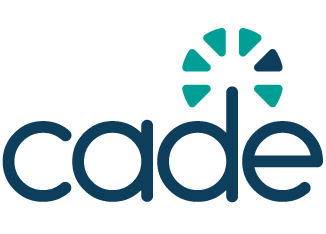European Accessibility Act enters into application
The European Accessibility Act entered into application on 28 June 2025, setting EU-wide standards to make key products and services—such as smartphones, e-books, and banking terminals—accessible to persons with disabilities. By harmonising requirements across member states, the Act aims to reduce daily barriers, support equal participation in society, and foster inclusive innovation.

As of 28 June 2025, the European Accessibility Act (EAA) has officially entered into application across the European Union, marking a significant step toward removing barriers for persons with disabilities. The Act introduces EU-wide accessibility requirements for a range of key products and services, including smartphones, computers, e-books, ATMs, banking services, and electronic communications.
The EAA aims to harmonise accessibility standards across the EU single market, replacing fragmented national regulations that previously created compliance challenges for businesses and unequal access for consumers. With uniform rules in place, companies will benefit from clearer guidance, while persons with disabilities will have greater confidence in the accessibility of digital products and services, regardless of the member state they reside in.
The scope of the Act includes specific technical requirements, such as minimum font sizes, compatibility with assistive technologies, and features like text-to-speech functions in devices and terminals. It also addresses broader structural needs, such as accessible design in self-service systems and IT equipment used in employment settings. These changes are expected to support better access to education, employment, digital content, and public services for the estimated 100 million EU residents living with a disability.
Commissioner Hadja Lahbib emphasised the importance of enforcement, calling the Act ‘a measure of fairness and justice, but also of growth and innovation.’ She urged national authorities to ensure effective implementation so that the Act results in meaningful improvements. The Commission is facilitating coordination through regular meetings with national contact points to address country-specific challenges and monitor progress.
By making accessibility a shared standard rather than a fragmented obligation, the EAA aims not only to enhance equal participation in society but also to stimulate inclusive innovation across the European market.


